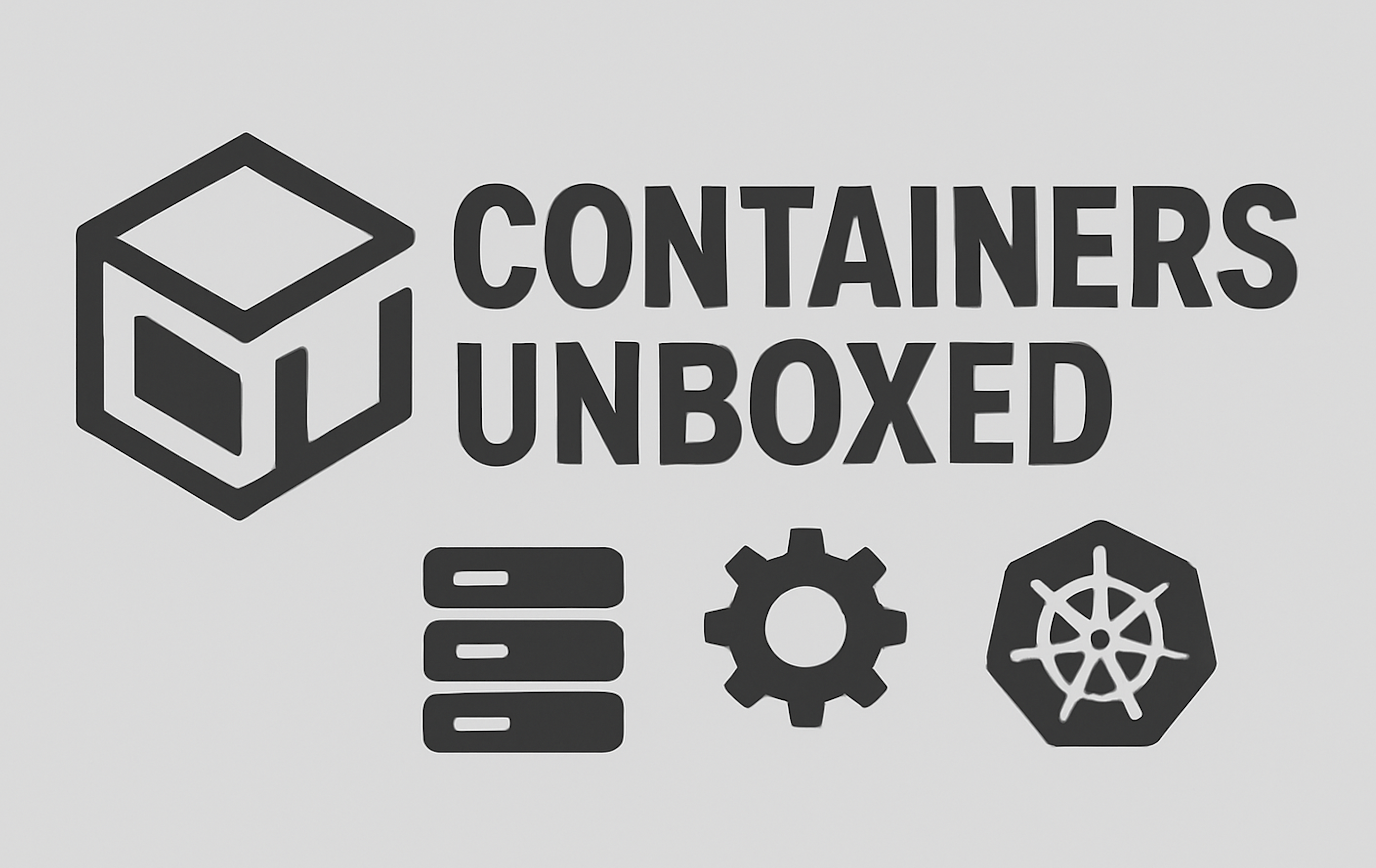
Containers: A lightweight, portable unit that packages an application and its dependencies into a single standardized executable image. Unlike traditional applications that rely on host operating systems and local dependencies, containers provide isolation at the process level, ensuring consistency regardless of where they run—be it on a developer’s laptop, an on-premises server, or a cloud environment. This makes containers particularly useful in DevOps workflows, continuous integration/continuous deployment (CI/CD) pipelines, and hybrid cloud strategies, where consistency and portability are key.
Compared to traditional virtualization platforms like VMware or Xen hypervisors, containers are far more efficient. Virtual machines (VMs) require a full operating system for each instance, along with the hypervisor layer, which adds overhead in both compute and memory. Containers, however, share the same OS kernel, making them lighter, faster to start, and easier to scale. This allows organizations to run many more containers on the same hardware resources than they could VMs, significantly reducing infrastructure costs while improving density and efficiency.
Use cases for containers range widely, from microservices architectures to batch processing and even machine learning workloads. For example, microservices based applications benefit from containers because each service can be packaged, deployed, and scaled independently. Containers are also popular in high-performance computing and data analytics, where fast startup and resource efficiency are critical.
Developers appreciate them for creating consistent development environments, eliminating the “it works on my machine” problem by ensuring the same container image runs everywhere.
As containers became widespread, orchestration platforms emerged to help manage them at scale. Kubernetes (K8s) is the most popular open-source orchestrator, offering powerful features such as automated scaling, service discovery, rolling updates, and self-healing capabilities. It provides unmatched flexibility and extensibility but has a steep learning curve and requires significant effort to configure and operate. This makes Kubernetes highly suitable for organizations with complex workloads, hybrid cloud strategies, or large teams dedicated to managing infrastructure.
AWS Elastic Container Service (ECS), on the other hand, is a managed orchestration platform provided by Amazon Web Services. While it does not offer the same level of flexibility as Kubernetes, ECS shines in its simplicity and tight integration with other AWS services like IAM, CloudWatch, and Application Load Balancer.
ECS removes much of the operational burden by abstracting away the complexities of cluster management, making it an attractive option for teams who want to focus on application delivery rather than infrastructure operations. Its learning curve is much shallower, making it ideal for smaller teams or those fully invested in the AWS ecosystem.
Below is an extended comparison table with Kubernetes (K8s), AWS ECS, and AWS EKS (Amazon Elastic Kubernetes Service, AWS’s managed Kubernetes offering):
| Feature / Aspect | Kubernetes (K8s) (Self-managed) | AWS ECS | AWS EKS |
|---|---|---|---|
| Complexity | Very high – full responsibility for setup, upgrades, and maintenance | Low – fully AWS-managed, very simple to configure | Medium – AWS manages control plane, but users still manage worker nodes and K8s complexity |
| Flexibility | Very high – works on any infra (cloud, on-prem, hybrid) | Moderate – limited to AWS ecosystem | High – Kubernetes standard, but tied to AWS infrastructure |
| Ecosystem & Extensibility | Rich open-source ecosystem, wide integrations | Limited – mostly AWS-native integrations | Rich Kubernetes ecosystem with AWS service integration |
| Learning Curve | Steep – requires deep K8s knowledge | Shallow – fewer concepts, quick start | Steep – same K8s concepts as self-managed, but control plane ops are simplified |
| Use Cases | Enterprises with hybrid/multi-cloud, complex workloads | Small to mid-scale apps, teams needing AWS-native simplicity | Organizations wanting Kubernetes flexibility but without managing its control plane |
| Scaling | Fully customizable with autoscaling at multiple layers | Auto scaling integrated with CloudWatch and ASGs | Kubernetes-native scaling (HPA, VPA) plus AWS autoscaling support |
| Management Overhead | Highest – user must manage clusters, upgrades, security | Lowest – AWS abstracts almost everything | Medium – control plane managed, but worker nodes, add-ons, and upgrades still user’s responsibility |
| Portability | Very high – workloads portable across clouds/on-prem | Low – workloads locked into AWS | High – Kubernetes workloads are portable, but infra remains AWS-centric |
| Integration | Works with any ecosystem, cloud, or infra | Deep AWS service integration (IAM, ALB, CloudWatch, Fargate) | Strong AWS integration while still adhering to K8s standards |
| Best Fit | Teams with advanced ops expertise, needing vendor neutrality & full control | Teams prioritizing simplicity, fast delivery, AWS-native focus | Teams that want Kubernetes features & ecosystem but don’t want full self-management |
In summary, Kubernetes is the go-to choice for organizations that need maximum flexibility, vendor neutrality, or multi-cloud portability, but it comes at the cost of complexity. ECS, while more limited, is often the better choice for teams prioritizing ease of use, fast deployment, and minimal infrastructure overhead—particularly in environments already running heavily on AWS. For organizations that do not need Kubernetes’ extensive ecosystem, ECS provides a more streamlined and efficient way to orchestrate containers without the complexity of running and managing a large-scale Kubernetes cluster.
While each have their own pros & cons, from the various implementations I’ve taken part in, the majority ended up with AWS ECS, as it was the fastest turnaround to completing a containers environment project, with MVP-style requirements, and the orchestration components were fairly simple to work with.
Which of the the above is your preferred orchestration platform when it comes to managing containers?

Technologist, Cloud Promoter, Automation and Continuous Optimization Advocate.